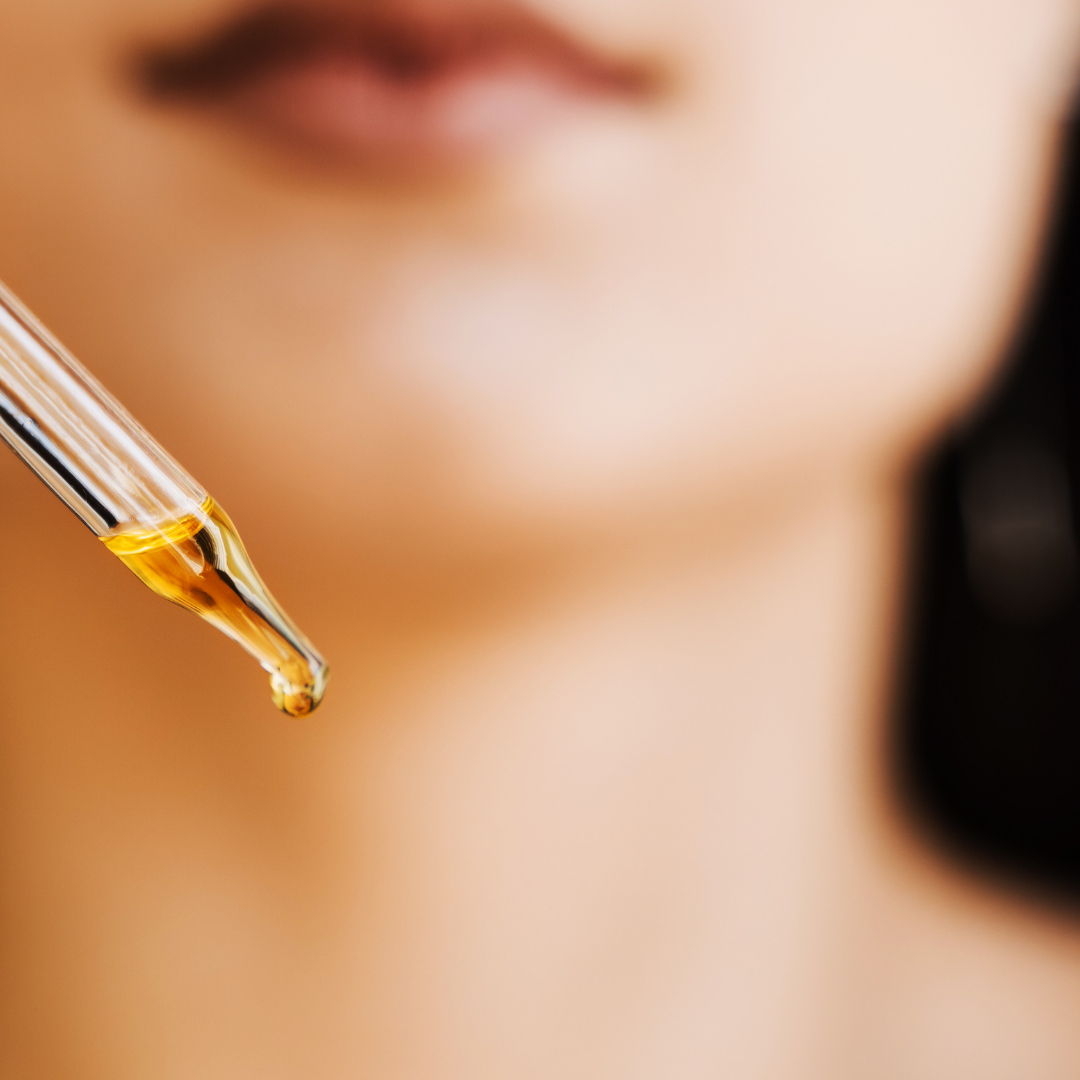The fact is, skin care is important. No ifs and buts. In this way, your personalized skin cream from Zkin Lab makes a significant contribution to optimal care. But let's step back and address a much more fundamental question: Why is skin important?
A short shopping spree in the drugstore is enough to be overwhelmed with masses of products with advertising claims like: You have to take care of your skin! Pay attention to XY when it comes to skin care! And so forth. Those who live in glass houses shouldn't throw away toiletries. Although we also belong in this category with our personalized skin cream, our mission is to emphasize the importance of individualized skin care. And first of all, we want to clarify how important the skin, an individual organ par excellence, is.
We summarize the most important facts about skin, the trench coat of our skeleton.
The skin - a three-layer trench coat
With an area of 1.5 to 2 square meters , the skin is the largest human organ. In addition, the skin has a fighting weight of 15 kilograms
It wraps itself around our bones and muscles like a trench coat and protects them from countless environmental influences and pathogens. Admittedly, its size makes it a prime target for them. Every day, we strut through a storm of UV rays, exhaust fumes, stressful moments and invasions of microorganisms in our trench coats. Such everyday walks tend to age the skin, cracking or discoloring it.
If the seams tear, we recommend going to a skin tailor, dermatologist or cosmetician to preserve the quality of the trench coat and mend it.
structure of the skin
Dermatology is the science of the skin. In the dermatological tailoring you will receive all sorts of facts about the skin trench coat, which consists of three layers.
How is the skin structured?
The skin consists of three layers : the upper skin (epidermis), the leather skin (dermis) and the lower skin (subcutis). All three layers together add up to a thickness of approximately 4 millimeters. On and in the skin there are sebaceous glands, hair follicles, sweat glands and a small universe of bacteria and fungi.
The epidermis is the outermost bastion of defense against environmental aggressors. It is a robust layer of horn cells: UV rays and foreign bodies are supposed to bounce off it. The epidermis is also covered with an acid mantle that protects the skin from drying out
The dermis is the intermediate layer and is mainly used to stabilize the skin. While the epidermis contains no blood vessels, the dermis contains blood vessels as well as sebaceous and sweat glands and the lymphatic system. The hypodermis , in turn, is the inner lining. As a heat and fat store, it prevents us from constantly freezing.

The tasks of the skin
Why do you wear a jacket? Right. So that we don't freeze or our clothes get wet. In short: A jacket or the skin is primarily used for protection. However, the skin has much more to offer.
What are the functions of the skin?
The combination of a thickened horny layer, color pigments, a wide variety of bacteria and fungi and the protective acid layer keeps potential hazards from harmful environmental influences such as UV radiation and pathogens in check. Apart from that, it stores water and is used to excrete a wide variety of metabolic products. Thanks to the heat storage function of the subcutaneous tissue, we are spared constant freezing. The sun hormone vitamin D , which is essential for bones and the immune system, is also formed in the skin.
bacteria on the skin? Not fie!
The skin protects us, but what protects the skin? Apart from the right care, of course! The answer to this can only be found by looking into the microscope, which shows us the world of the skin's microbiome. Numerous bacteria and fungi settle on the skin and live in harmony with us. We give them space to live and they guarantee us protection against pathogens. A huge army dwells on the skin, always ready to protect its new home. And these small microorganisms contribute to the individuality of the skin. Because no human will welcome the same types and amounts of bacteria and fungi on their skin.
Only when the microorganisms begin to multiply uncontrollably or invade the skin can they become a problem. It can be particularly dangerous as soon as they make their way into the body via injuries to the skin. Then you should go to a dermatologist as soon as possible for symptoms such as redness and rashes.
The texture of the skin
The fabrics from which trench coats are made have different surface structures: velvety, scratchy, smooth or leathery. The same applies to the skin, which can have different properties.
What skin types are there?
There are basically four different skin types
- dry skin
- oily skin
- combination skin
- normal skin (eudermic)
If the skin produces too little sebum (sebum), the skin becomes dry . With the help of sebum , the skin is coated with fats that protect it from drying out and thus from cracking.
However, if sebum production is running at full speed, the result is oily skin: the skin shimmers, pores become visible and redness and itching can become a problem. When things get really wild, skin can become both dry and oily in different zones; in this case one speaks of combination skin . And surprise, if it's neither too dry nor too oily, it's a normal skin condition by definition.
And which fashion designer determines the texture of the fabric that dresses the skin? It wouldn't be a health issue if genes weren't included. Genetic predispositions play an important role: certain characteristics determine which skin type you tend to have. But of course other factors also come into play.
An unbalanced diet, allergies, stress, heat, cold or diseases such as diabetes mellitus can affect the condition of the skin.
Why is individual skin care so important?
You only get this trench coat once. It's the piece of clothing you see in the window that you want to wear for the rest of your life. If you don't take good care of your trench coat, use the wrong detergents, or wash it too hot, it can pill, stain more easily, or tear its threads. The fabric needs maintenance. When it comes to the skin, you have no other choice. You wear them 24 hours and have to take care of them. Because that's the only way she protects you.
Why does your skin need individual care? Quite simply: Because it is simply individual. The bacteria that inhabit your skin are not found in the composition anywhere else in the world. Nobody has your genetic predispositions, otherwise I would be concerned if I were you; nobody is always exposed to the same environmental influences as you. Your skin needs your support so that it can continue to do what it does best, which is to protect you.
Zkin Lab 's Custom Skin Care is formulated based on an analysis of your skin's oil and moisture levels. Your own personalized cream contains only the ingredients in the right concentration that your skin needs.
Give your skin what it gives you - protection.
Give your skin what it needs - individual care.
Skin knowledge to take away
Now you know the most important facts about the skin. Here we summarize everything you should know about the skin in a nutshell.
- Your skin consists of three layers: epidermis, dermis, hypodermis.
- The tasks of the skin amount to protection against environmental influences, excretion, heat storage and the formation of vitamin D when it comes into contact with the sun's rays.
- Your skin is home to a variety of bacteria and fungi that can protect you from harmful species of their own kind - as long as they don't grow out of control and invade your body.
- There are four different skin types: normal, oily, dry and combination skin. How the skin is made is influenced by an interplay of genes and environmental factors as well as lifestyle.
- And if you don't have enough, you can also remember that the skin can weigh up to 15 kilograms in adults and that the human epidermis is renewed every four weeks.
You lose about 40,000 skin cells every minute. Now calculate how many you lost while reading this article.





